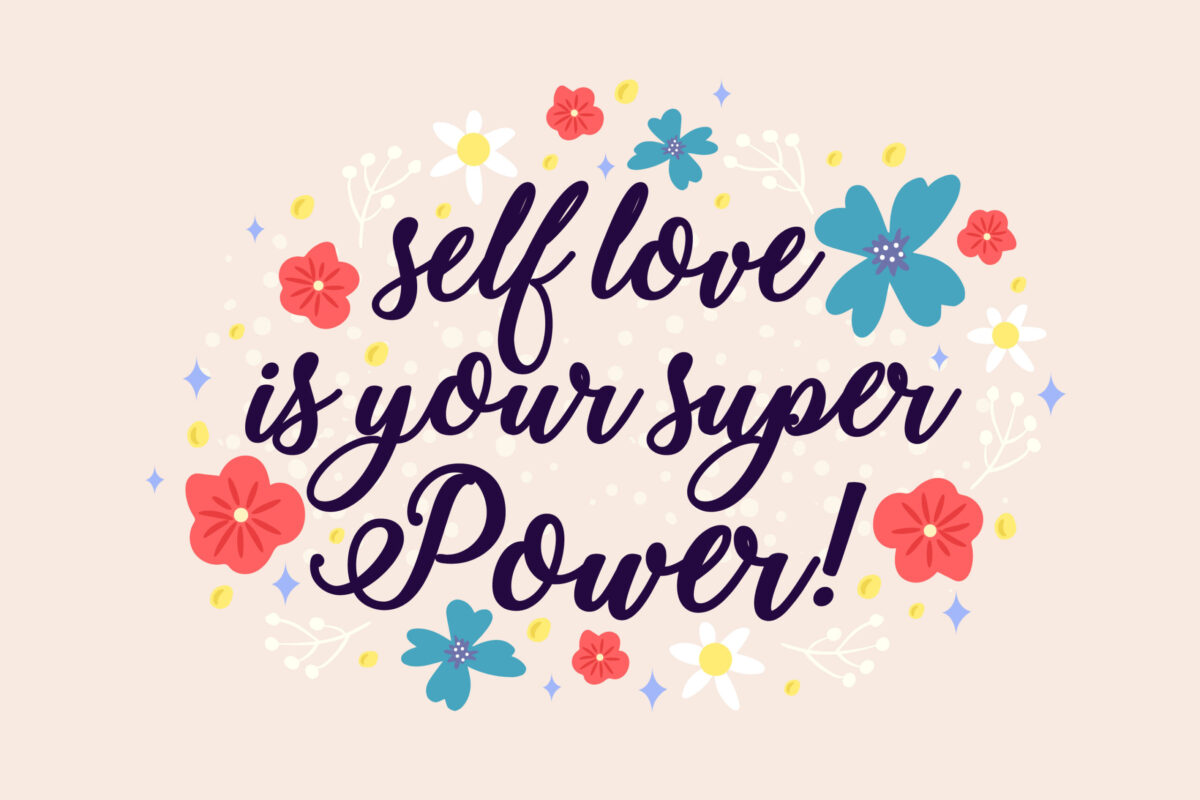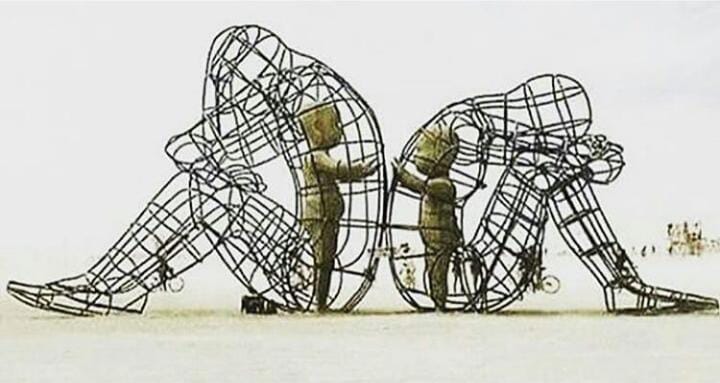Louise Hay 101 Positive Affirmations to Boost Your Positivity Any Day!
Every day, we’re faced with hundreds of challenges – big and small – and amid all that, we keep searching for self-improvement and inner peace. In the quest to do that, many people have explored different methods to boost their (and the rest of the world’s) well-being. One of the methods that has also gained immense popularity in recent years, is the power of positive affirmations.
And at the forefront of this approach stands Louise Hay, a motivational speaker whose contributions to the world of self-improvement and self-care have transformed the lives of many.
Today, you will have a glimpse into the world of Louise Hay’s positive affirmations, exploring her life, theories, and a list of positive affirmations that you can incorporate into your own journey of self-discovery, self-love, success, and better overall well-being.
Who Was Louise Hay?

Louise Hay (1926-2017) was a best-seller author, motivational speaker, and founder of Hay House, a publishing firm that focuses on self-help, personal development, and spiritual literature.
Hay’s early life was full of challenges, including a rough childhood and a diagnosis of cervical cancer in her early 40s. This prognosis brought a series of self-healing transformations in Hay’s life, making her a renowned figure.
At the very core of teaching by Louise Hay, lays the idea that our thoughts and beliefs shape our experiences. She believed that by deliberately changing one’s thoughts and beliefs, it could be possible to bring positivity to life.
One of the most important contributions of hers was the concept that positive affirmations and positive thoughts can reprogram the mind, fostering self-love, self-improvement, and success, as well as healing physical ailments.
Louise Hay recounted her personal journey of being diagnosed with “incurable” vaginal cancer during the late 1970s. She soon realized that her resentment towards her childhood abuse might have played a role in triggering the illness. Opting out of conventional medical treatment, she embarked on a transformative path of forgiveness, alongside therapies, nutritional changes, reflexology, and other holistic treatments.
Why Practice Louise Hay Positive Affirmations?
Louise Hay’s positive affirmations are based on the idea that the mind and body are interconnected. She believed that our thoughts and emotions can have a profound impact on our physical well-being along with our mental well-being. By practicing daily affirmations, we can replace negative thought patterns with affirming ones, bringing us closer to improved mental and emotional states, lower levels of stress, better self-esteem, and enhanced well-being.
Positive affirmations are more than just pep talks; they are a way to reframe our inner voice. They encourage us to rewrite what we think within and invite us to become the master of our minds filled with hope, confidence, and self-empowerment. By choosing words that resonate with our desires and dreams, we tap into the ability of the mind to reshape reality to how we wish it to be.
But affirmations are not a one-size-fits-all solution. They are your personalized mantras, unique to your journey and desires. What resonates with you might not resonate with others. The power of a positive affirmation lies in intention and honesty – the affirmation must bring genuine emotions forth and resonate deeply within yourself for them to spark a connection and align with the reality you desire.
101 Louise Hay Positive Affirmations…
Here is a list of 101 positive affirmations inspired by Louise Hay to help boost your positivity, self-love, self-improvement, and overall well-being;
Affirmations For Self-Acceptance
- I am worthy of love and happiness.
- I accept myself unconditionally.
- I am deserving of all the good that comes into my life.
- I love and appreciate myself just as I am.
- I am enough, exactly as I am.
Affirmations For Better Health
- Every cell in my body is vibrant and healthy.
- I nourish my body with love and nutritious food.
- My body knows how to heal itself, and I support it with positive thoughts.
- I am full of energy and vitality.
- My mind and body are in perfect harmony.
Affirmations For Abundance
- I am open to receiving abundance in all areas of my life.
- I attract prosperity and abundance effortlessly.
- Money flows to me freely and easily.
- I deserve wealth and financial success.
- I am a magnet for opportunities and success.
Affirmations For Self-Confidence
- I believe in myself and my abilities.
- I am confident in my decisions and choices.
- I trust my inner wisdom to guide me.
- I am in control of my thoughts and emotions.
- I am strong and resilient, capable of overcoming any challenges.
Affirmations For Happiness
- I choose happiness and joy in every moment.
- My life is filled with positivity and laughter.
- I find happiness in the simplest of things.
- I am grateful for all the blessings in my life.
- Joy is my natural state of being.
Affirmations For Positive Relationships
- I attract loving and supportive relationships into my life.
- I communicate my needs and boundaries with ease.
- I give and receive love unconditionally.
- I am surrounded by people who uplift and inspire me.
- My relationships are a reflection of the love I have for myself.
Affirmations For Forgiveness
- I forgive myself for any mistakes I’ve made.
- I release resentment and let go of the past.
- I am free from the burdens of guilt and shame.
- Forgiveness liberates my heart and mind.
- I choose to focus on the present moment and create a bright future.
Affirmations For Gratitude
- I choose positive thoughts that lead to positive outcomes.
- I am grateful for every experience that comes my way.
- My life is filled with abundance and blessings.
- I see beauty and goodness in every situation.
- Gratitude is the foundation of my joyful life.
Affirmations For Inner Peace
- I am at peace with myself and the world around me.
- I release stress and find tranquility within.
- My mind is calm, and my heart is peaceful.
- I trust the journey of life and surrender to its flow.
- I find solace in stillness and silence.
Affirmations For Self-Care
- I prioritize self-care and nurture my body, mind, and soul.
- Taking care of myself is a loving act of kindness.
- I am in tune with my needs and take action to meet them.
- I deserve moments of relaxation and rejuvenation.
- Self-care is a vital part of my daily routine.
Affirmations For Self-Growth
- I embrace change and welcome personal growth.
- Every challenge is an opportunity for me to learn and evolve.
- I am constantly evolving into the best version of myself.
- I am open to new experiences and insights.
- My journey of self-discovery is a beautiful adventure.
Affirmations For Resilience
- I face challenges with courage and determination.
- I am resilient and capable of bouncing back from setbacks.
- Fear is just an illusion; I move forward with courage.
- I trust myself to navigate through uncertain times.
- Each day, I grow stronger and more resilient.
Affirmations For Manifestation
- I am a powerful creator of my reality.
- I manifest my dreams and desires with ease.
- My thoughts and intentions shape my reality.
- I am open to creative inspiration and limitless possibilities.
- I align myself with the universe’s abundant flow.
Affirmations For Spiritual Connection
- I am connected to the divine energy that flows through me.
- I trust in the universal wisdom that guides me.
- I am a spiritual being having a human experience.
- I am part of the interconnected web of life.
- I am guided by love, light, and higher consciousness.
Affirmations For Balance
- I create a balance between my work, play, and rest.
- My life is in harmony, and I find peace in each moment.
- I honor my needs for both solitude and social interaction.
- I seek balance in all areas of my life.
- I am in tune with the rhythm of life.
Affirmations For Positive or Power Thoughts
- I replace negative thoughts with positive affirmations.
- I am in control of my thoughts and emotions.
- I release self-doubt and replace it with self-belief.
- My mind is a garden, and I plant seeds of positivity.
- I choose thoughts that empower and uplift me.
Affirmations For Change
- Change is a natural part of life, and I embrace it with grace.
- I release resistance to change and flow with life’s transitions.
- Change brings new opportunities and growth into my life.
- I am adaptable and open to the lessons that change brings.
- Embracing change leads me to greater experiences.
Affirmations For Being In The Present
- I am fully present in each moment, savoring life’s beauty.
- The present moment is all there is, and I embrace it fully.
- I let go of worries about the past and future, focusing on now.
- The present moment is a gift that I cherish and enjoy.
- I am at peace when I immerse myself in the present.
 Affirmations For Self-Love and Kindness
Affirmations For Self-Love and Kindness
- I radiate love, kindness, and compassion to all beings.
- Love flows through me, healing and uplifting all in its path.
- I am a beacon of light and positivity for those around me.
- My heart is open, and I offer love to myself and others.
- The more love I give, the more love I receive
Affirmations For Empathy
- I understand that everyone is on a unique journey.
- I practice empathy and listen with an open heart.
- I see the humanity in every person I encounter.
- I release judgment and replace it with understanding.
- By offering compassion, I contribute to a more compassionate world.
- My life is full of infinite possibilities, waiting to be explored.
How to Incorporate Positive Affirmations In Your Life?
- Choose the affirmations that resonate with you and that address the areas in your life you wish to change.
- Repeat your chosen affirmations daily, multiple times a day, or whenever you need a boost. Repetition of affirmations works well, so be sure to do that.
- As you repeat your affirmations, believe in the words you’re saying and try to visualize the desired outcomes. Visualization with affirmations is a wonderful combination!
- Don’t forget to attach positive emotions and intentions to your affirmations. It’ll make them even more powerful.
- Pay attention to your thoughts and replace negative ones with your chosen affirmations. Just repeating affirmations won’t help, you need to pay attention to them and change from within.
Louise Hay’s teaching continues to motivate and inspire many around the world. Her focus on self-love, forgiveness, and self-improvement through positive affirmations and powerful thoughts has left an indelible mark on everyone who wishes for personal growth and development as well as followers of holistic healing.
By embracing her techniques and incorporating her positive affirmations in your life, you too can embark on a journey of self-discovery, growth, and self-love, fostering a deeper connection with yourself and the world around you.
I hope the list of Louise Hay’s positive affirmations in this post will help you find the one you truly need. Let us know your thoughts on the power of positive affirmations in the comments below.










